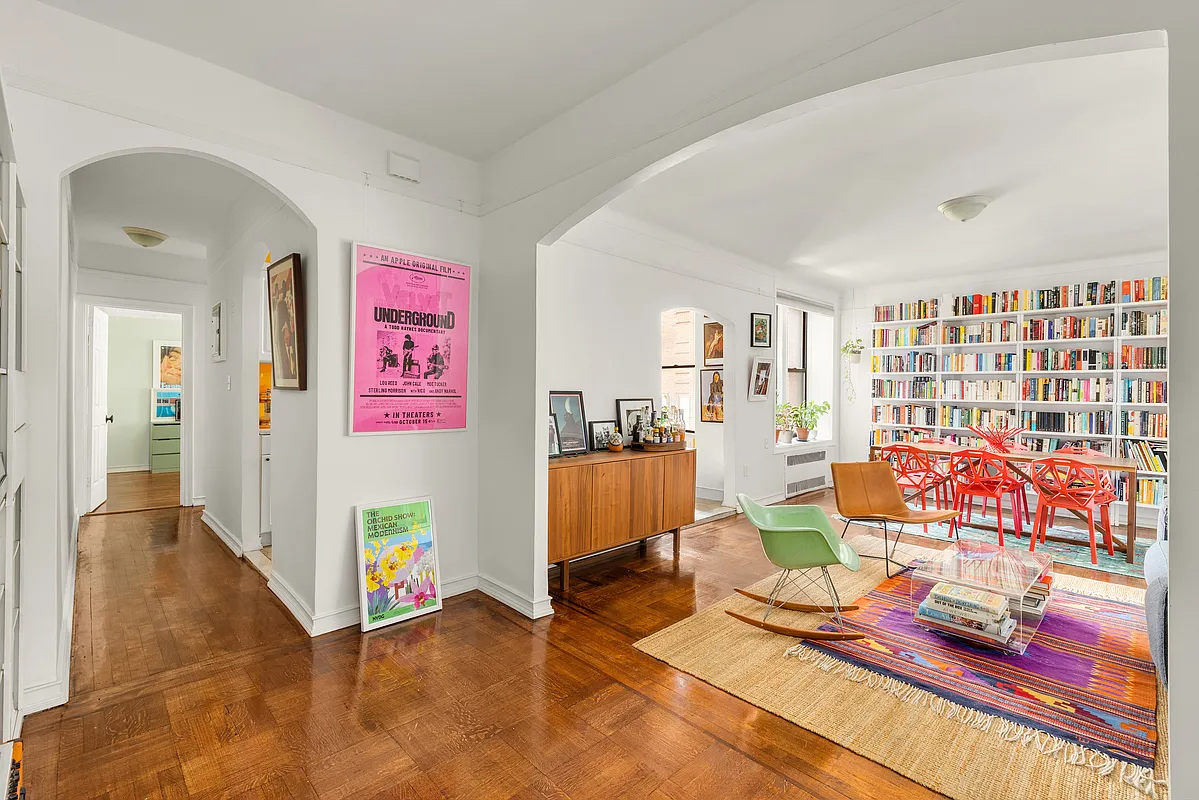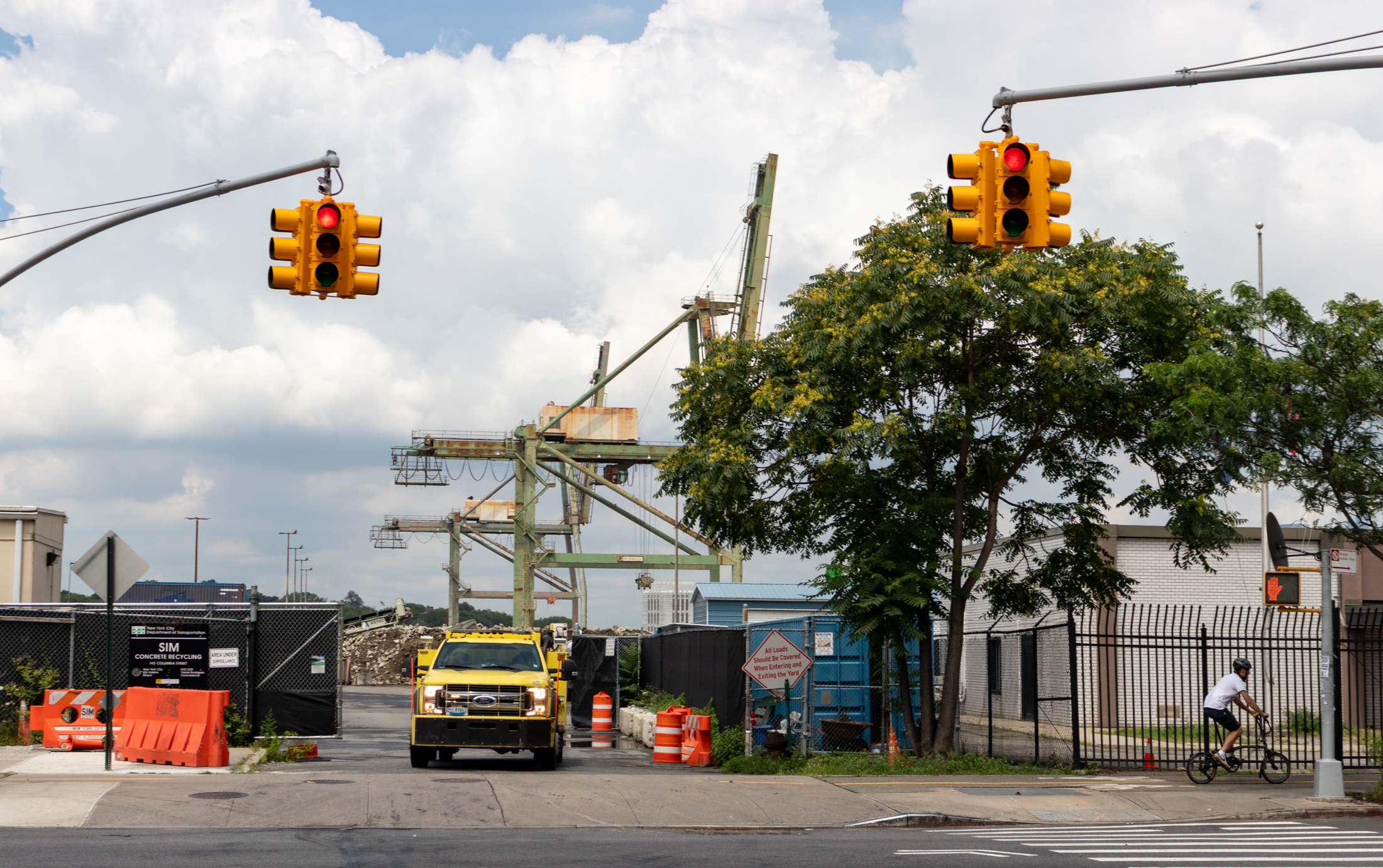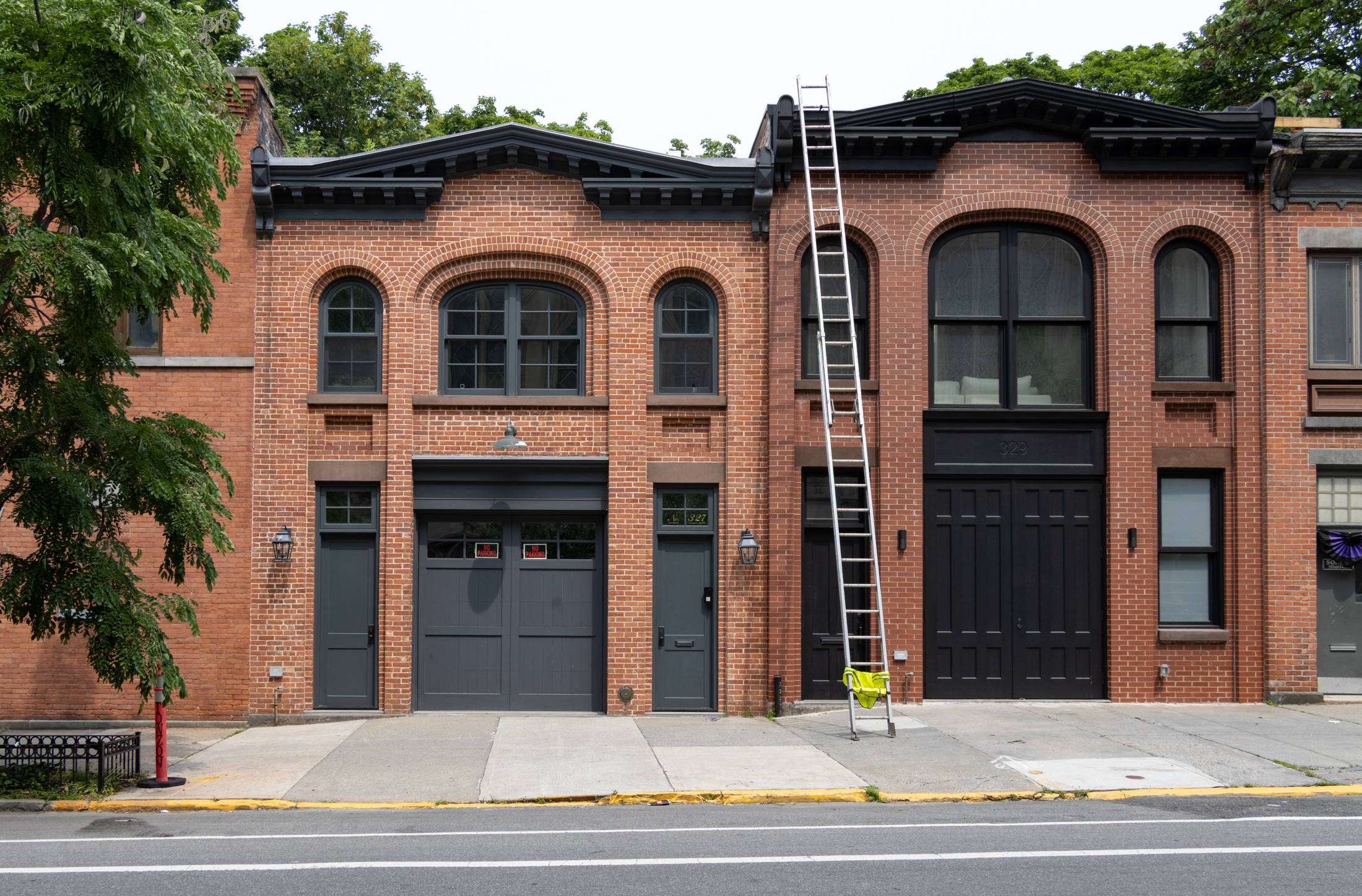Third + Bond: Week--?
The Third + Bond bloggers are winding down, with only a few posts left to go… Last month we prepared for the worst. Hurricane Irene looked to have a direct path to our front door and we were scared. We poured over the weather maps, reviewed our stormwater system, and pumped out our detention tank….


The Third + Bond bloggers are winding down, with only a few posts left to go…
Last month we prepared for the worst. Hurricane Irene looked to have a direct path to our front door and we were scared. We poured over the weather maps, reviewed our stormwater system, and pumped out our detention tank. We talked with residents about putting away or weighing down their outdoor furniture. We crossed our fingers. And then… not much happened.
Our plan was to start pumping out our detention tank before the storm and continue throughout as necessary. We also bought some pumps in case the cellars took on water. The management company, Lisa, and our Director of Construction put together a game plan that started well in advance of the storm. Hey, we didn’t come this far to have Mother Nature give us a hard time!
You might be wondering, what is this thing you call a detention tank and why do you have it? Is it because you are in the Gowanus flood zone?
No, not at all! We aren’t in Flood Zone A at all in fact but in Zone X which according to FEMA has a 0.2% annual chance of flooding. Add to that our design and prevention planning and you get, what we hope, is a home without water issues. The detention tank is part of that plan. The tank has a capacity of nearly 855 cubic feet and restricts stormwater flow from a rate of 1.35 cubic feet per second to 0.43 cubic feet per second. Detention tanks are one of the most common civil engineering responses to meeting the constraints of the built environment and the City’s overburdened sewer system. The purpose of the detention tank is to have a place to hold stormwater collected on our property and detain or slow down its release into the City’s sewer system. Why do we have to slow it down? Because the City’s combined system is too small to handle all of the run-off and sewage. It is so overburdened in fact that the system releases raw sewage into our water bodies during rainstorms via outlets called combined sewer overflows (CSOs). This is an issue throughout the city. Why do we have so much stormwater run-off and what can we do about the overburdened system?
We have stormwater run-off because in this great concrete jungle there are many impervious surfaces. Rainwater isn’t absorbed by buildings or sidewalks and it has to go someplace. The more impervious surface, the more run-off. At Third + Bond, we use our front yards, back yards, and tree pits to absorb water. Some buildings also opt for green roofs which can absorb water. Some sites use retention basins and some detention tanks. Retention basins, also known as dry wells, are containers that gradually leak water collected from impervious surfaces back into the ground on the same property. Detention tanks are containers that send collected water into the City’s system slowly to minimize impact on the system.
At Third + Bond, we pumped early and often. We pumped long before the storm arrived to make sure our tank was empty. We pumped during a few key points of the storm to make sure we were always a step ahead. The water we pumped out was stormwater that rained down our property from Irene onto our roofs and sidewalks – there was no neighborhood flooding in our vicinity. We didn’t have any issues with our tank overflowing. With the severe rain we did have some water in some mechanical rooms and storage rooms but nothing major. We were disappointed to take on any water but relieved to not be using kayaks to check the cellars for damage.
Had we not pumped would Third + Bond have floated out to Buttermilk Channel? Seems unlikely but we’re not taking any chances.
Facebook: Third + Bond Twitter: Thirdbond
www.thirdandbond.com
Our legal fine print: The complete offering terms are in an Offering Plan available from Sponsor. File No. CD080490. Sponsor: Hudson Third LLC, 826 Broadway, New York, NY 10003.





What's Your Take? Leave a Comment